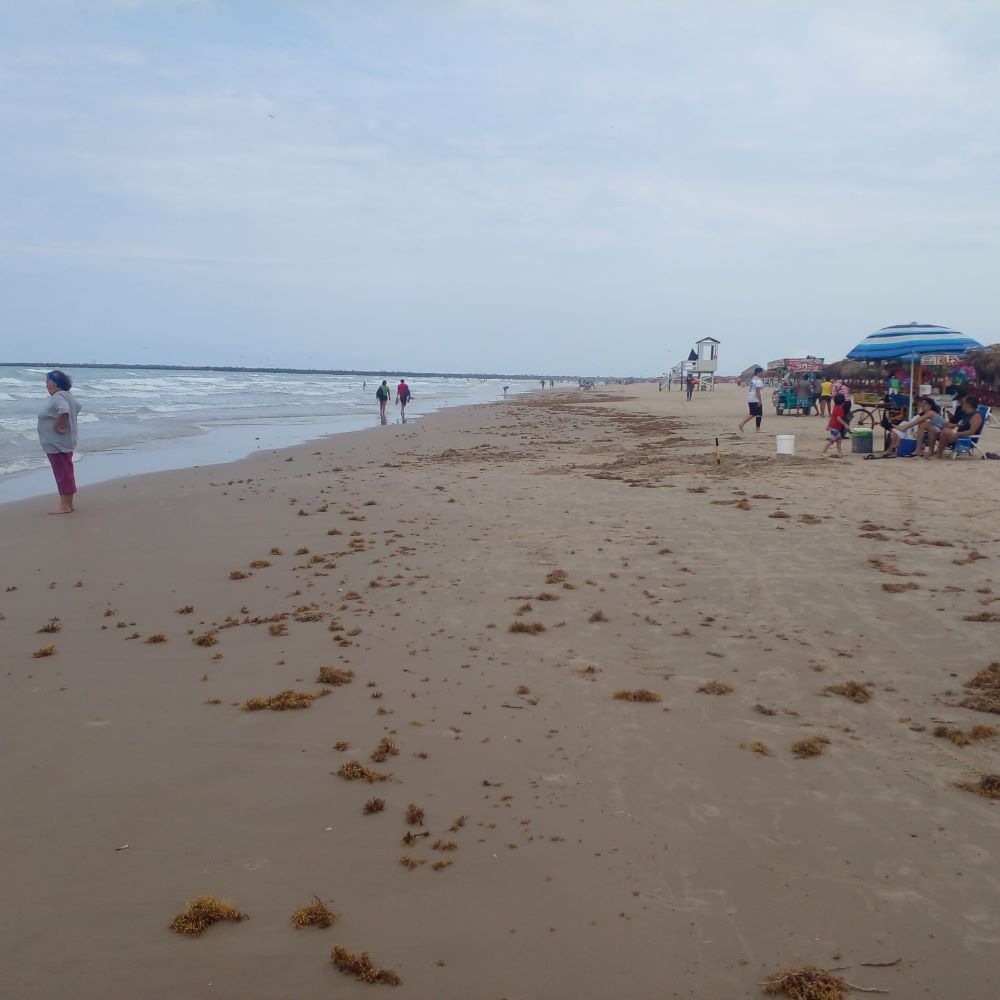Miramar, Tamaulipas Seaweed: Latest Conditions and Updates
Planning a trip to Tamaulipas Miramar? Stay informed about the seaweed conditions in the area. Due to strong winds and waves, sargassum has been increasing along the southern coast of Tamaulipas. Local authorities are taking preventive cleaning actions.





